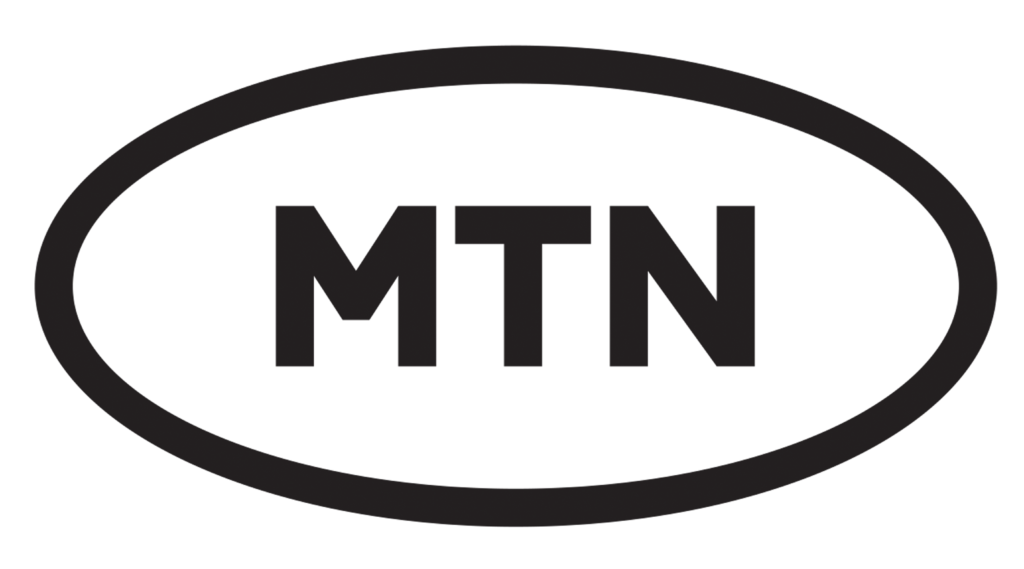The Origin of GPS Technology
It’s a technology you use every day, but it wasn’t always for civilian purposes. The United States government commissioned the development of global positioning systems more than 50 years ago, and the Department of Defense launched the satellites that are orbiting today. Commercial and private use is relatively new, yet the implications are huge. Below, read about the origins of GPS technology and how it is used by private citizens and businesses today.The Reasons for GPS Development
In less than half a century, the United States had experienced two world wars, fought a third war on the Korean Peninsula and was engaged in a Cold War with the Soviet Union. The world was rapidly changing during the 1950s, and the United States needed the technology to adapt and to stay ahead. As international eyes turned to the skies, President Eisenhower commissioned projects designed to give the country an edge, and satellite tracking was near the top of his list.
With the help of some of the country’s brightest scientists, the United States entered the Space Age with full force, and GPS tracking was among the first accomplishments. Between 1955 and 1957, scientists had developed tracking systems capable of monitoring known and unknown satellites orbiting the Earth.
Who Invented GPS Tracking?
Roger L. Easton, of Vermont, is widely credited as the man who invented GPS tracking as a practical technique used for military purposes. As an inventor and designer, he first proposed to the Eisenhower Administration his version of a satellite tracking system in 1955 as part of the Naval Research Laboratory’s “Project Vanguard,” which competed with a similar proposal written by Wernher Von Braun for the U.S. Army. Easton later invented a tracking system called Minitrack to find his satellite’s exact location in orbit.
By the 1960s and 1970s, Easton had developed technology used for the United States Global Positioning System, based in large part on his original concepts. Like GPS systems today, Easton’s GPS used signal time and known distance to calculate specific positions on the ground. Between 1967 and 1977, four satellites were used to test his methods.
The United States recognized Easton’s extensive accomplishments with the National Medal for Technology, and in 2010, he was inducted into the National Inventors Hall of Fame at the age of 88.
What GPS Means Today
You probably aren’t monitoring enemy satellites, and you’re not keeping an eye on foreign powers. But you use the technology all the same. The satellites launched by Easton more than 50 years ago paved the way for dozens of satellites that comprise the United States Global Positioning System.
You likely use those satellites daily, either for personal or business reasons. If you manage a fleet of vehicles, the satellites provide you with invaluable information used for scheduling and monitoring purposes. Because of innovators like Easton, GPS tracking systems are more accurate than ever. They can pinpoint a vehicle within a few feet. Tracking systems can then relay that information to any computer with an Internet connection
